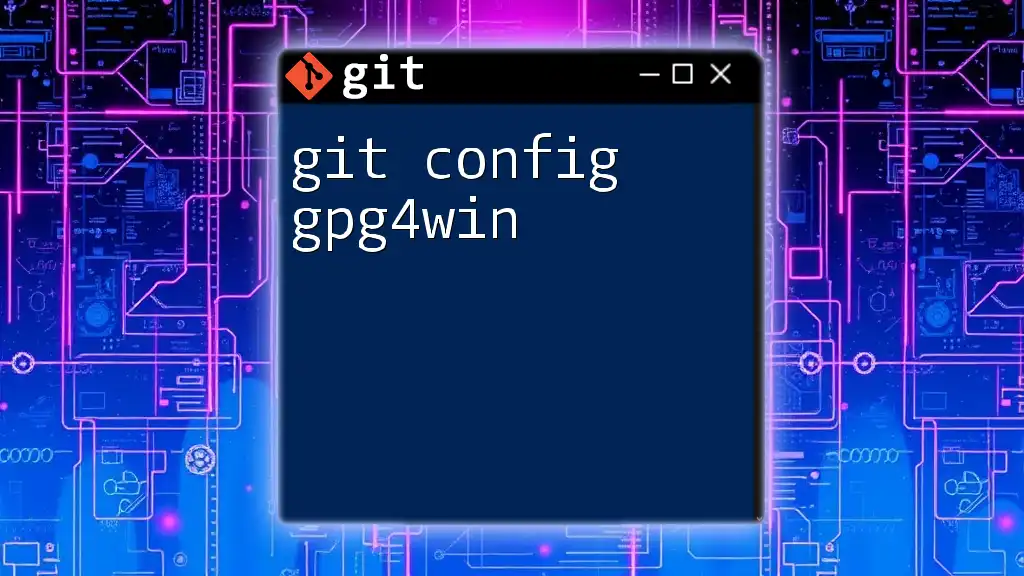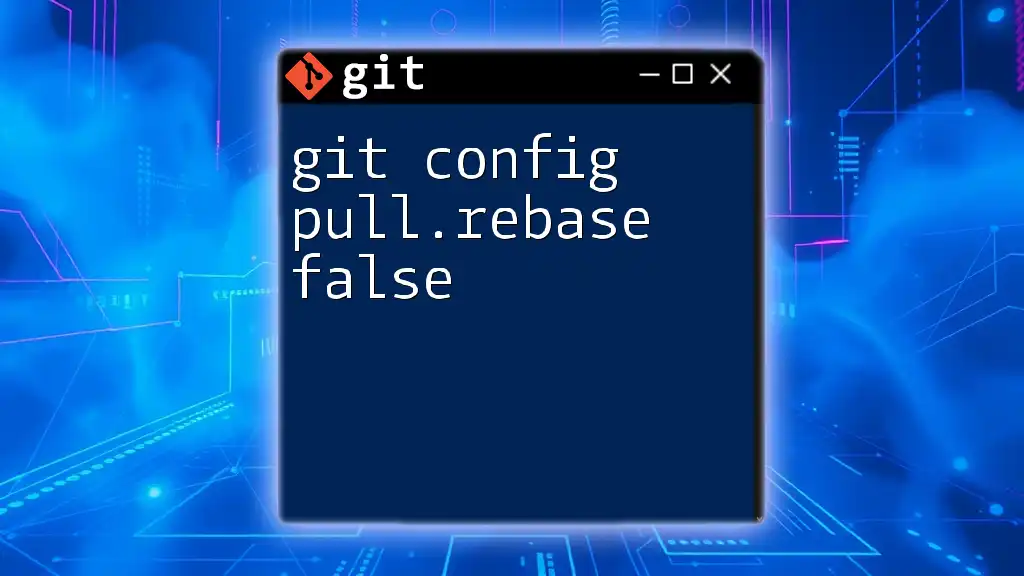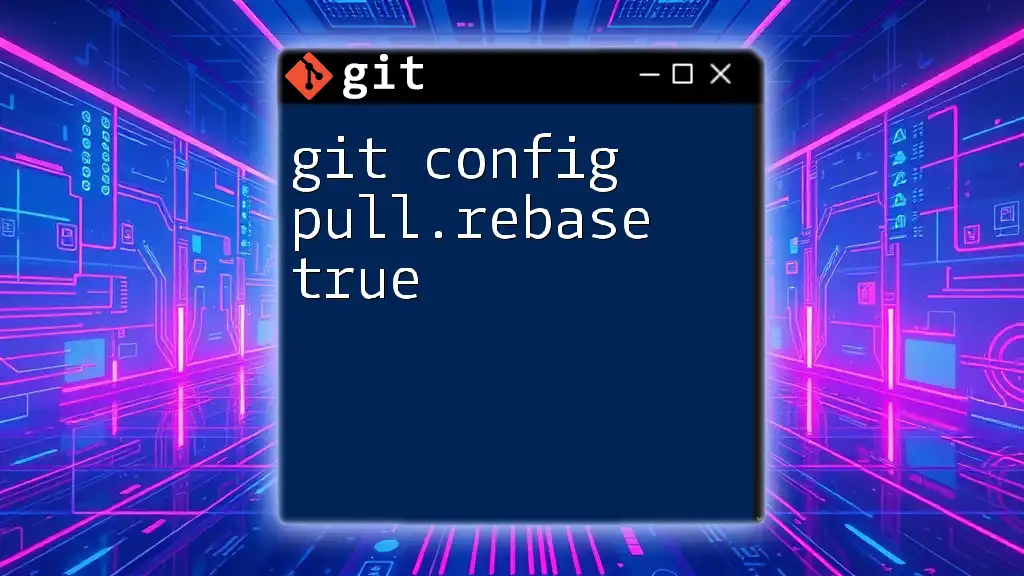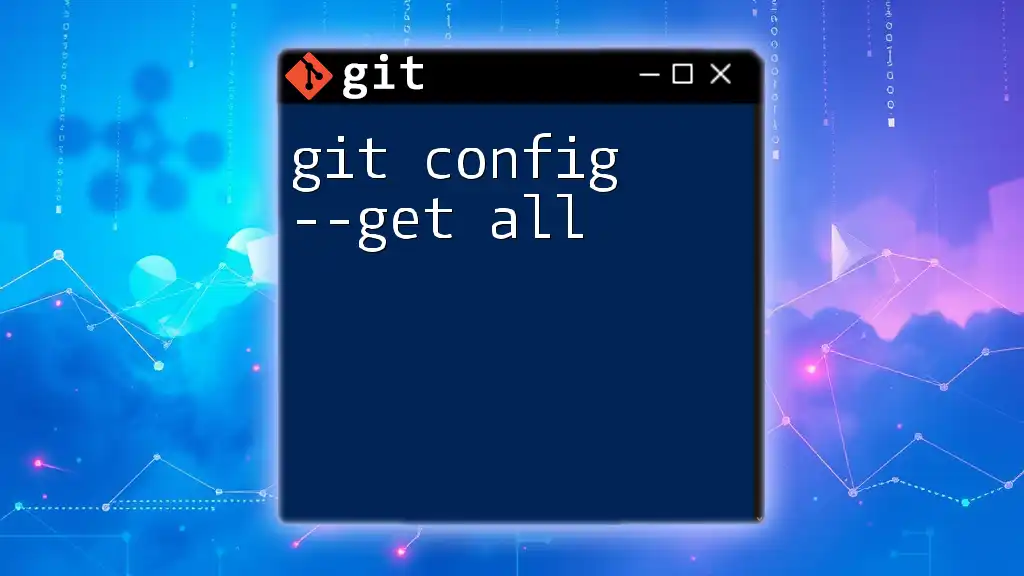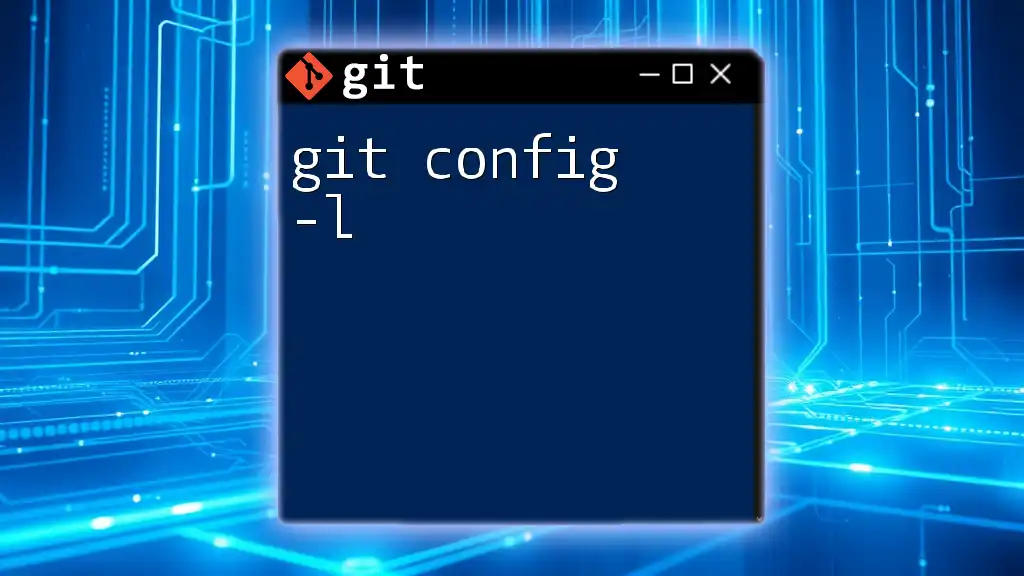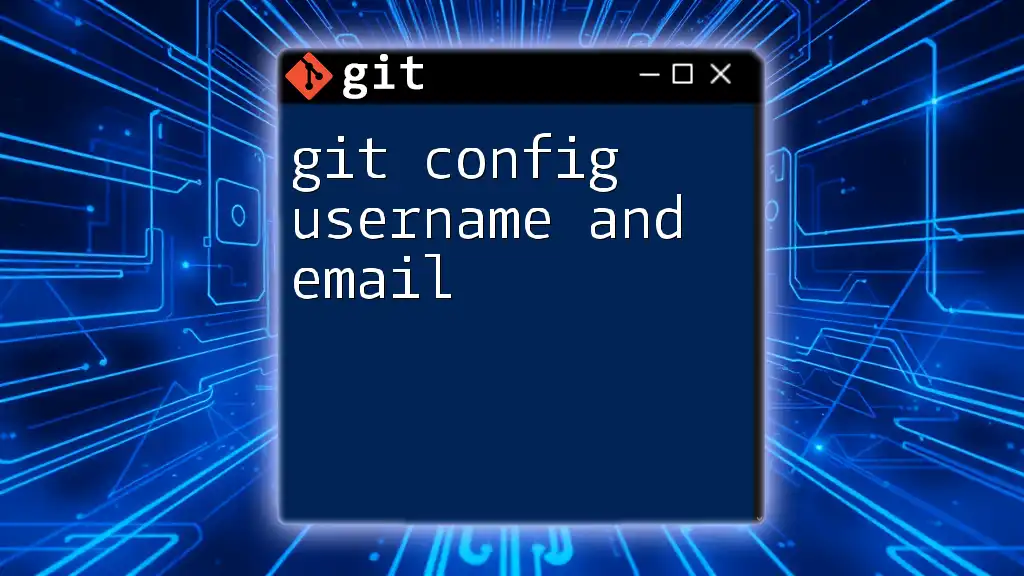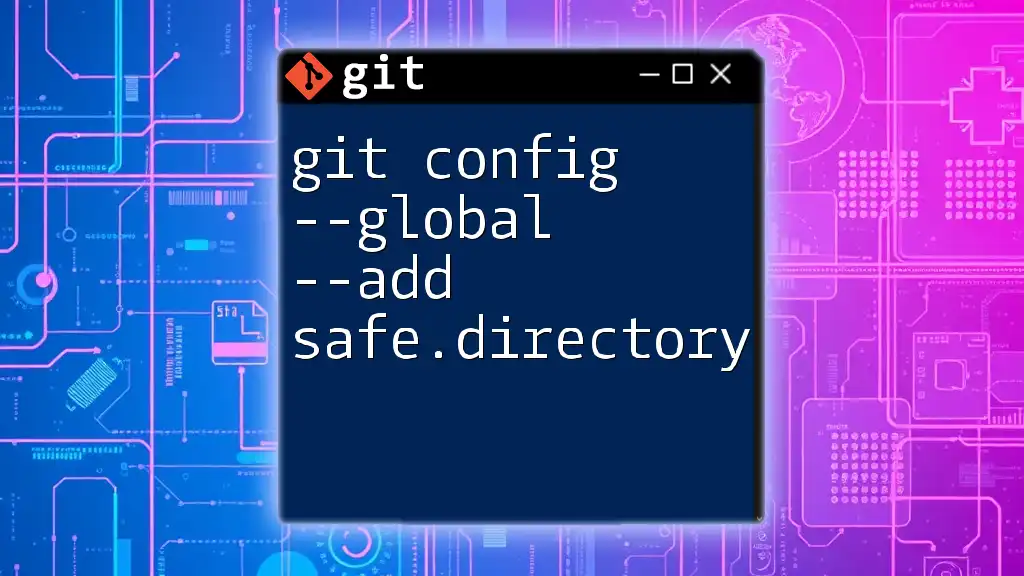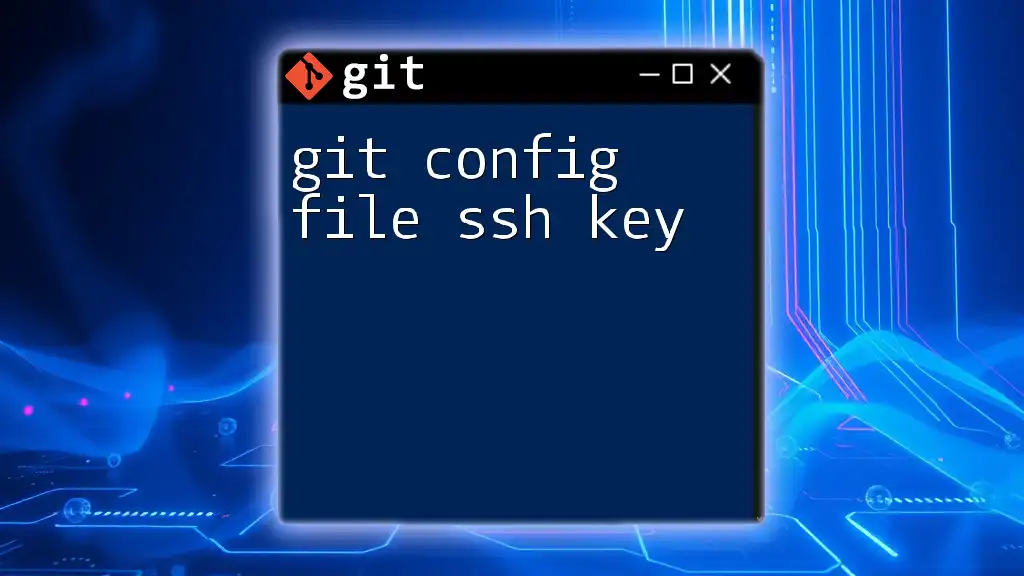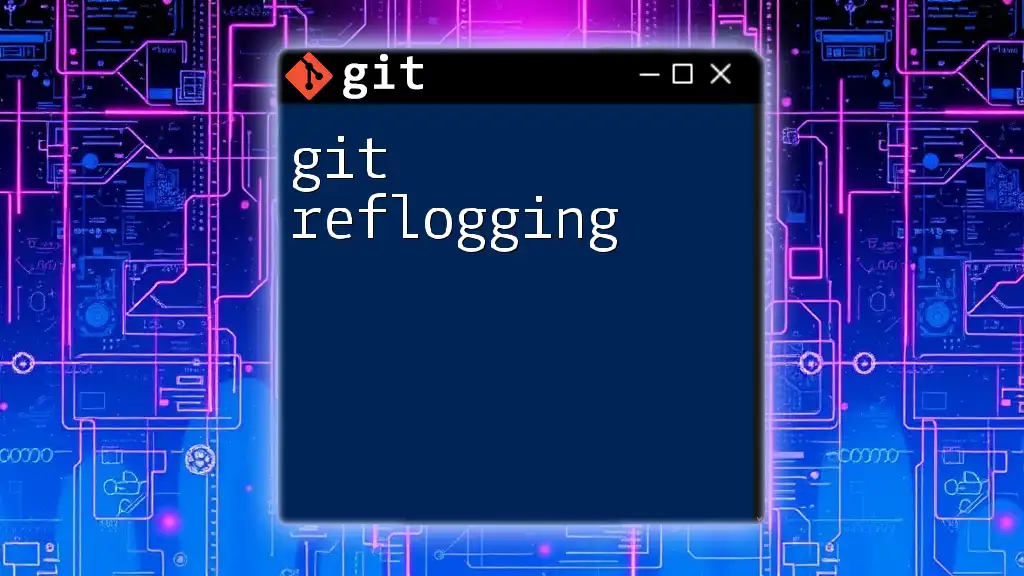The `git config gpg4win` command is used to configure Git to use the Gpg4win suite for managing GPG keys and signing commits securely.
git config --global gpg.program "C:/Program Files (x86)/Gpg4win/bin/gpg.exe"
What is Gpg4win?
Gpg4win is a comprehensive software package designed for Windows users that simplifies the use of GNU Privacy Guard (GPG). With Gpg4win, users can easily encrypt and sign their data, ensuring that sensitive information remains secure.
Key Components of Gpg4win Include:
- GnuPG: The core tool that manages encryption and signing tasks.
- Kleopatra: A graphical user interface (GUI) for managing GPG keys, making it easier for users to handle their encryption needs without deep command-line knowledge.
Gpg4win is especially vital for Git users who want to secure their commit history through digital signatures.
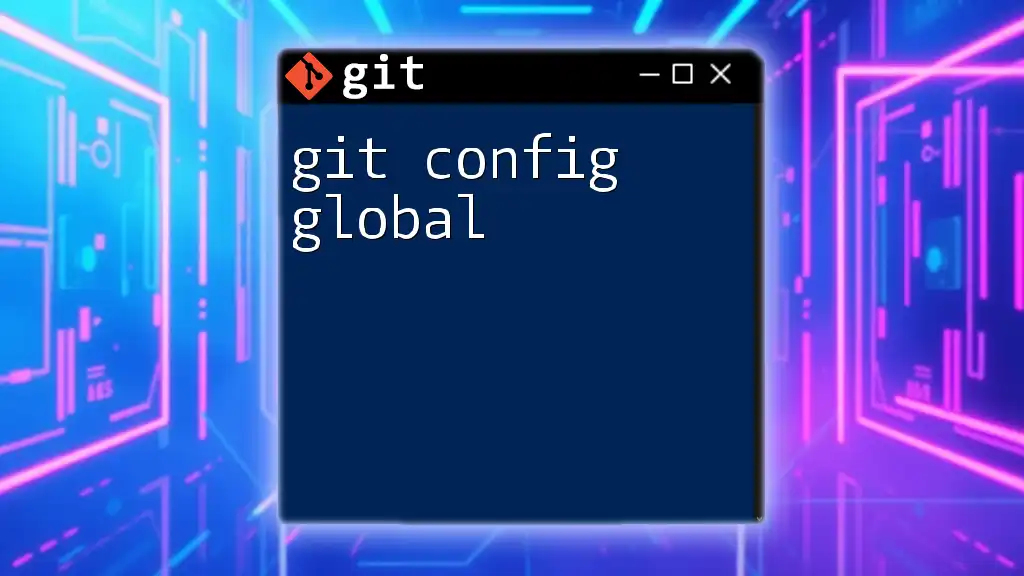
Setting Up Gpg4win
Installation Process
Installing Gpg4win is a straightforward process:
- Download Gpg4win from the [official website](https://gpg4win.org/download.html).
- Run the installation wizard, which will guide you through the necessary steps.
- During installation, you will have the option to select which components to install; for Git, GnuPG and Kleopatra are essential.
Before proceeding, ensure that your system meets any prerequisites if highlighted on the installation page.
Initial Configuration
Once you have Gpg4win installed, the first step is to generate your GPG key, a unique identifier that will be used to sign your commits.
To generate a GPG key, open your command line interface and run the following command:
gpg --full-generate-key
The command prompts you to select the type of key you wish to create, generally offering options such as RSA and ElGamal. For most users, using the default settings (RSA and at least 2048 bits) is recommended. Follow the prompts to establish a passphrase, keeping in mind that this adds an extra layer of security.
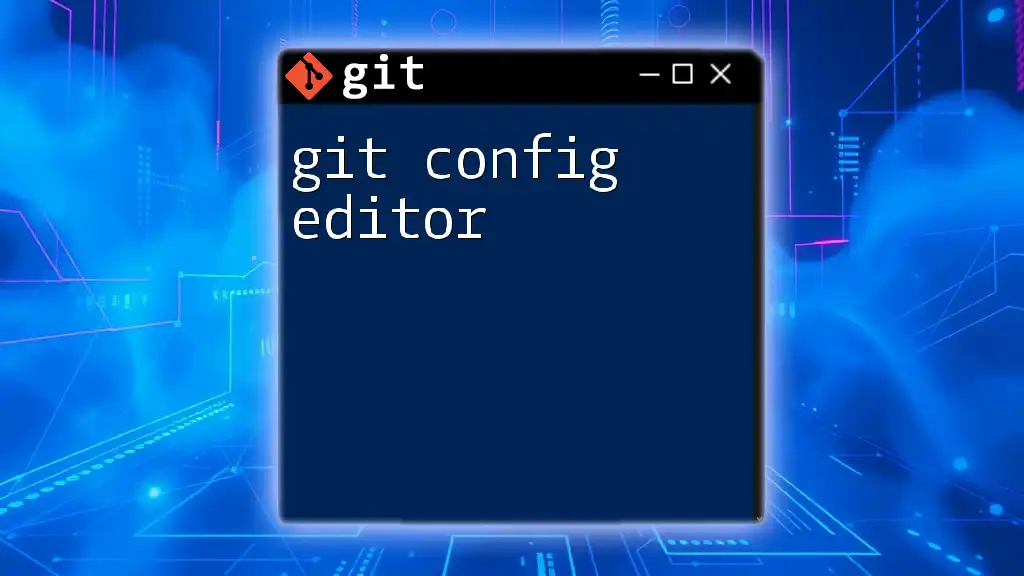
Configuring Git to Use GPG with Gpg4win
Setting Up Your Git Configuration
To inform Git about your GPG key, you need to find your GPG key ID. You can find it by running the following command:
gpg --list-secret-keys --keyid-format LONG
This will display a list of your keys, and you should note the long key ID. Next, configure Git to use this key by running:
git config --global user.signingkey YOUR_KEY_ID
Replace `YOUR_KEY_ID` with the actual key ID you obtained from the previous step.
Enabling Commit Signing
Signing your commits ensures their authenticity, indicating that they originate from you. To enable GPG signing for your commits, run:
git config --global commit.gpgSign true
By executing this command, all your future commits will be signed automatically. Similarly, to enable GPG signing for tags, use:
git config --global tag.gpgSign true
By signing tags, you further enhance the integrity of your repository.
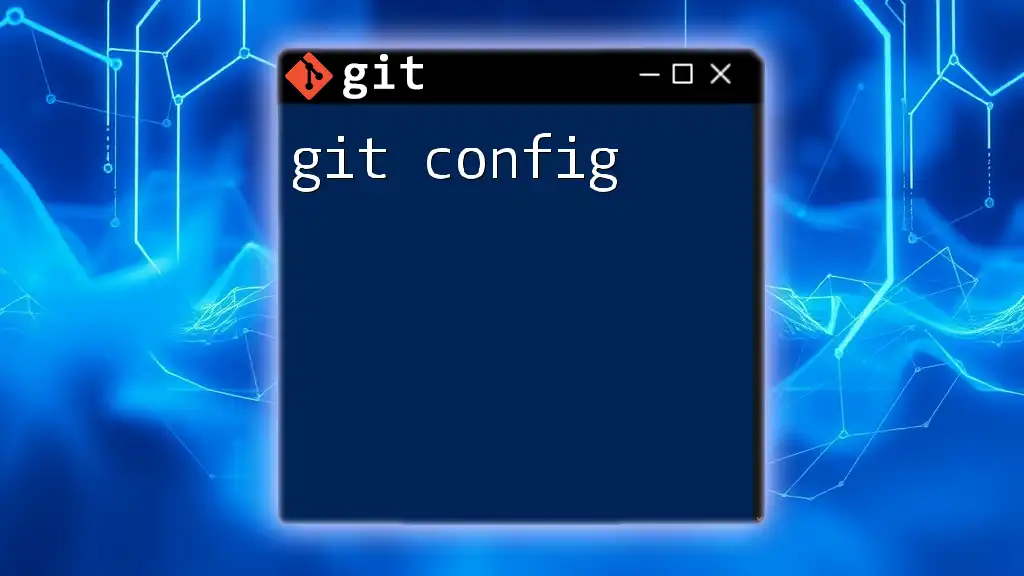
Practical Examples
Signing a Commit
Now that your configuration is complete, let’s sign a commit. When you create a commit in your Git repository, include the `-S` flag in your commit command:
git commit -S -m "Your commit message"
The `-S` flag instructs Git to sign that commit using your GPG key, providing an added layer of security.
Verifying Signed Commits
To verify that a commit is signed, you can use the command:
git log --show-signature
This command will display the commits along with their signatures, showing whether the signature is valid or if there are any issues. A valid signature confirms that the commit was indeed signed by you.
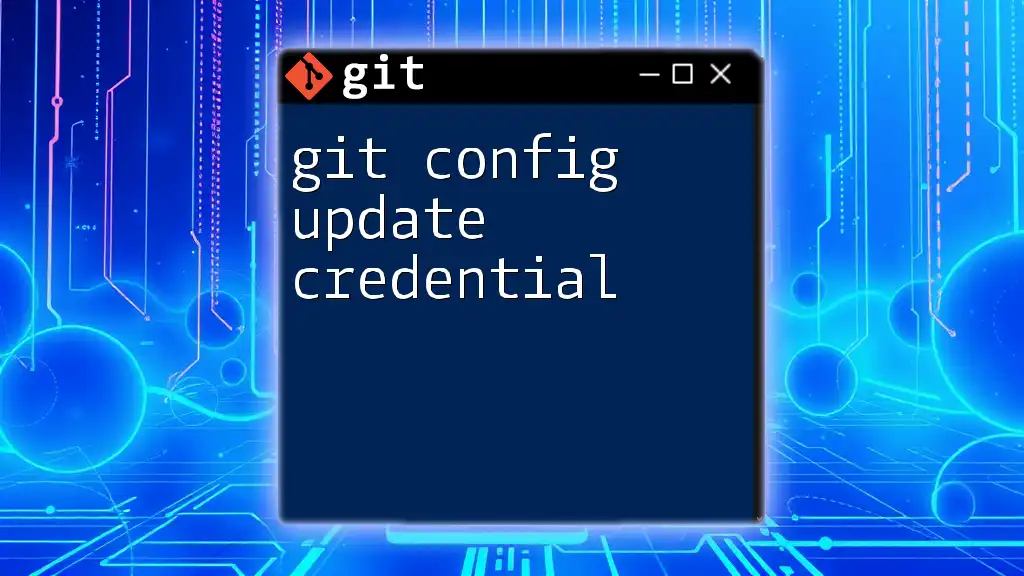
Testing Your Configuration
Common Issues and Troubleshooting
While configuring Git to use Gpg4win, you may encounter a few common errors. One such error might indicate that the GPG executable cannot be found. Ensure that the GnuPG directory is included in your system’s PATH.
If you see an error stating that the signature is invalid, double-check that the GPG key you configured corresponds to the key used for signing the commit.
Tips for Effective Use of Gpg4win with Git
To protect your GPG keys and enhance your overall security:
- Backup your GPG keys securely and offline to prevent loss in case of system failure.
- Ensure that your passphrase is strong and not easily guessed.
- Regularly update Gpg4win to take advantage of new features and security updates.
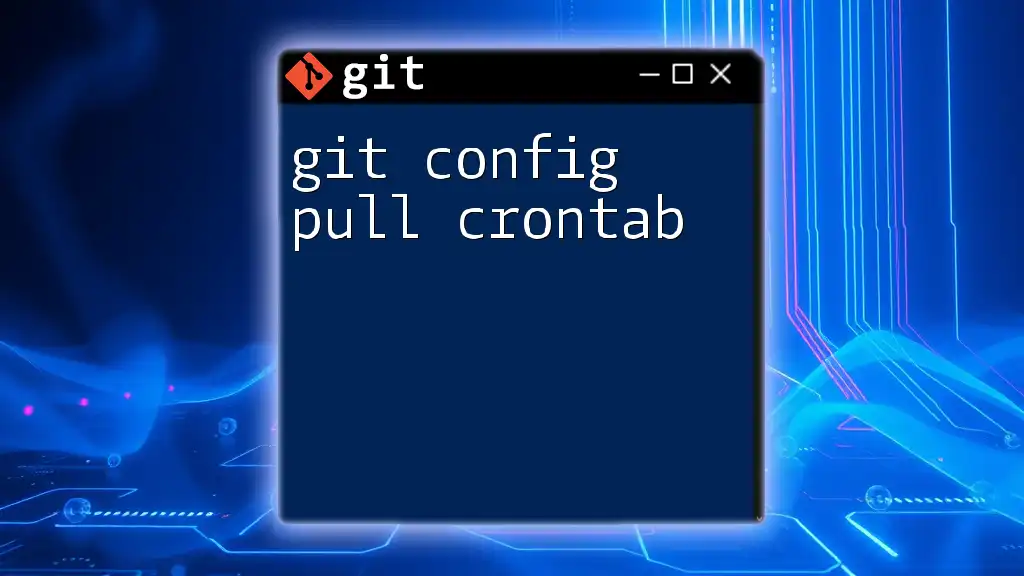
Conclusion
Using git config gpg4win to integrate GPG with Git will significantly enhance your repository's security by allowing you to sign commits and tags confidently. This configuration process is essential not only for securing your work but also for establishing your identity as a contributor in collaborative projects.
As you continue exploring GPG features, consider diving deeper into topics such as advanced key management and encryption best practices for a more robust understanding of securing your digital assets.

